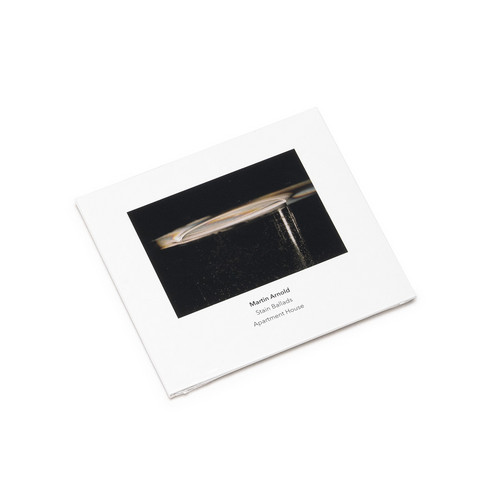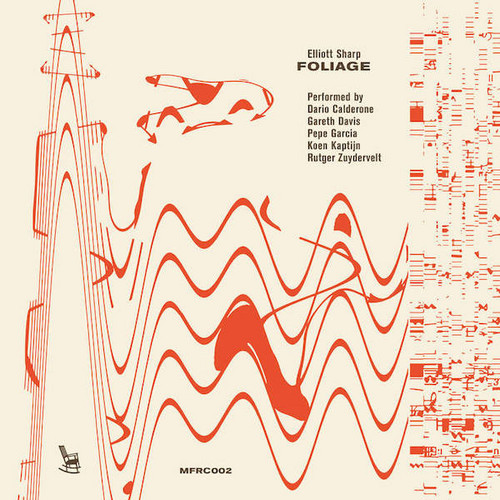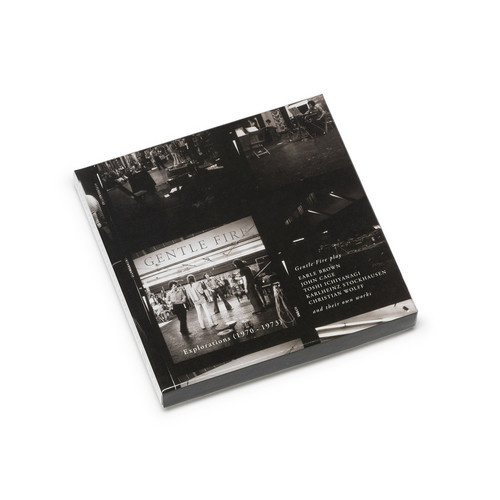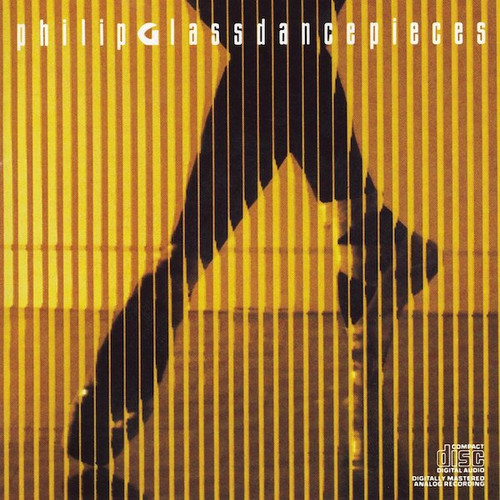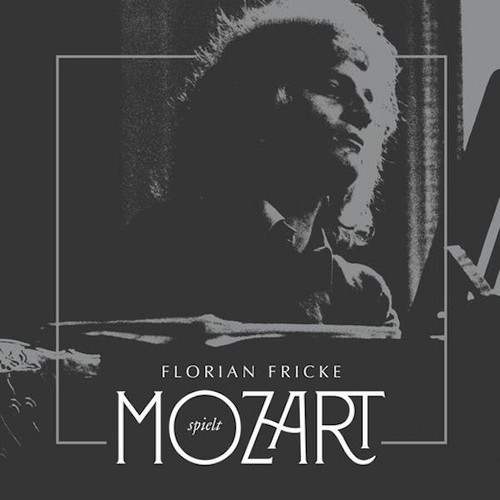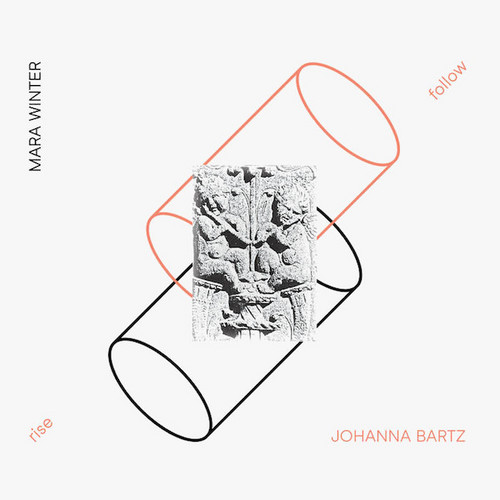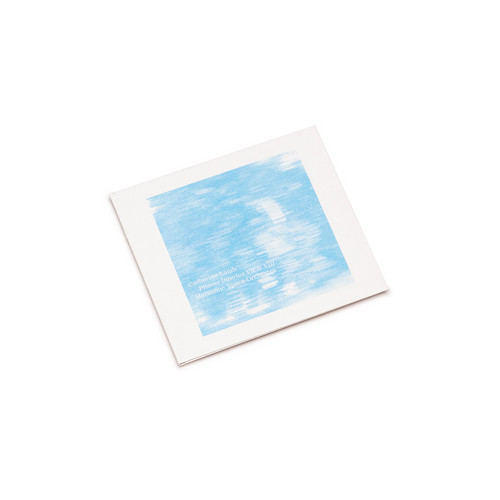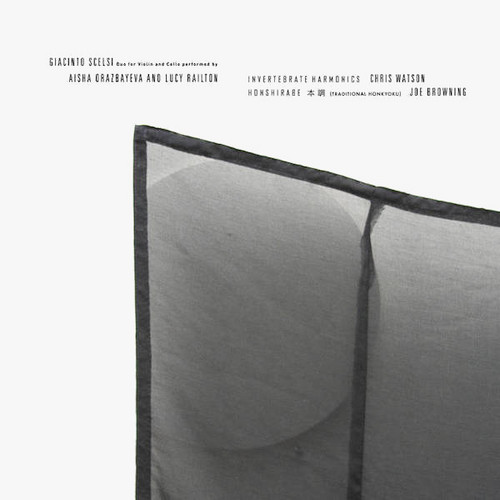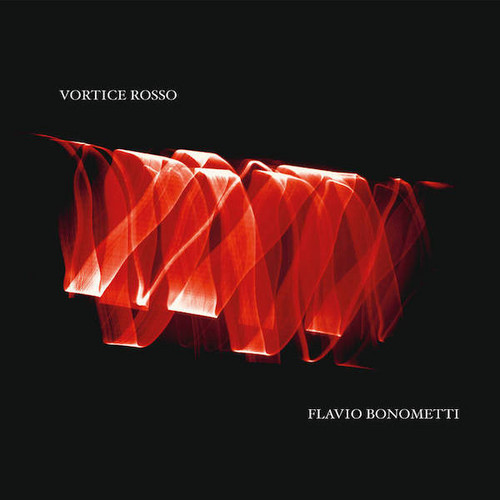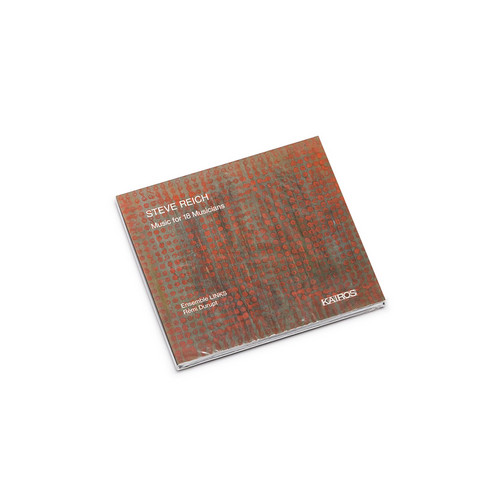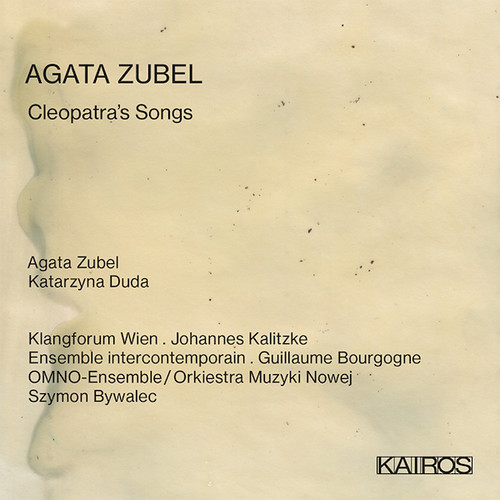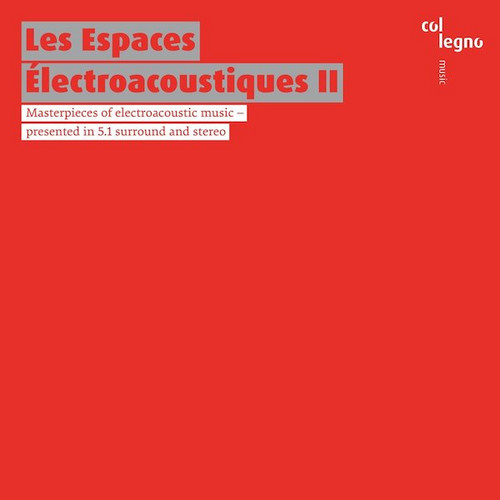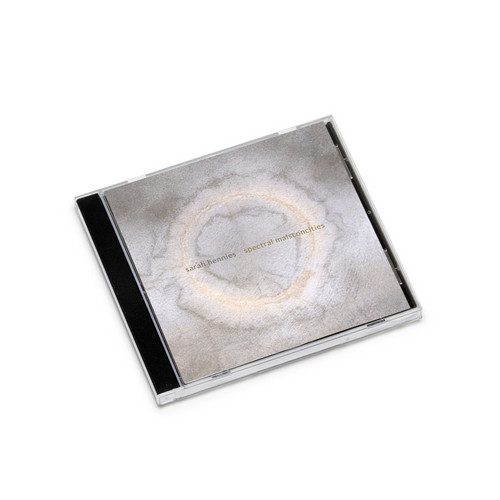Stain Ballads
There is something disarming about the world conjured in Stain Ballads. Martin Arnold creates music for Apartment House that settles into the ear with an air of deceptive simplicity: four extended works - “Lutra,” “Stain Ballad,” “Trousers,” and “Slip” - move in slow, off-center arcs, each clothed in a soft-edged lyricism that never quite settles into resolution. Arnold’s notion of a “stain” isn’t merely suggestive of the accidental, but proposes a form where contour and color are indivisible. H…
Foliage
* Edition of 300 * Foliage by Elliott Sharp is a long-form graphic music score that offers abstract instructions allowing for infinite possible interpretations by performing musicians. Featuring a series of 80 risograph prints, Foliage is, in Sharp’s words, “a graphic score open to interpretation and realization by any instrumentalist or ensemble of any size… [it] is a piece of retinal art as much as it is an instruction set for sound, form and function interlocked.” Graphic notation, which evol…
Explorations (1970 - 1973) 3CD Box
The first ever survey of the seminal British experimental music collective, Gentle Fire, "Explorations (1970 - 1973)" offers a remarkable and previously unavailable glimpse of their activities during the early 1970s.
Adagios From The Underground
In the Understage area of the Alexandra Trianti Hall, the musical saw in the hands of Nikos Giousef, and accompanied by piano, samplers and analog synthesizers, is transformed into a voice. 'An otherworldly child's voice', 'a Siren's voice' or 'a castrato voice', as it has been described, it easily climbs to tonic heights that the human voice can only reach with great effort. The pieces chosen for the program reflect this criterion, with works such as the aria 'Erbarme Dich, Mein Gott' from the …
Dance Pieces
“Glasspieces” was originally performed in 1983, “In The Upper Room” suite premiered in 1986, and both accompanied a ballet performance. This is the only place you can find the ensemble version of the “Funeral” from ‘Akhenaten’, which was a show-stopper from Glass's ensemble concerts of the mid-80s. There are a number of musicians on both pieces and “In the Upper Room” includes conductor Michael Riesman on piano and synthesizers. In addition to the keyboardist, there are a number of string, brass…
Spielt Mozart
* 2020 Stock * Florian Fricke (1944 – 2001) was a German music pioneer who started his career in electronic music using the Moog synthesizer within the famous Krautrock group ‘Popol Vuh’. Fricke studied piano, composition and directing at the conservatories in Freiburg and Munich where he also dedicated himself to new kinds of music like ‘free jazz’. In 1967 he met German film director Werner Herzog and the two formed a life long friendship (Fricke was later responsible for the soundtracks of se…
Slow Pieces for Aki – Piano Solo
The pianist, two days in the studio, alone at the piano. A retreat in Zurich. Focus is on the now, the recording is running. Preparation time for the new compositions: about a year. Getting attuned to the music: a lifetime. Alexander von Schlippenbach, Slow Pieces For Aki, the emphasis being on the word “slow,” not on rediscovering slowness but discovering slowness anew - dedicated to his wife Aki Takase. with slow pieces, short pieces, compositions in which every single note demands the highest…
Rise, Follow
* Edition of 200 * A composition for two bass Renaissance flutes. Performed by Mara Winter and Johanna Bartz. Rise, follow is a dialogue of long tones played by two bass Renaissance flutes, featuring subtle but persistent changes over the duration of one hour. It is performed in one sitting without interruption. The composition adopts the principle of instrumental ‘consort-style’ playing in Europe during the 16th century: a family of similarly pitched and constructed instruments performing polyp…
Prisma Interius VII & VIII
* Edition of 500 * In Catherine Lamb's Prisma Interius series the unpredictability of the outside articulates the field of perception through precise bandpass filters, while acoustic instruments and musicians guide the unfolding of its harmonic space. A series of nine pieces exploring the potential of the Secondary Rainbow synthesizer, an instrument developed in 2016-2017 with Bryan Eubanks, that uses the live environment outside the performance space as a noise generator for basic subtractive s…
Gioseffo Zarlino - 2015/2019
* Edition of 500 * Marc Sabat's Gioseffo Zarlino is "the third in a series of pieces inspired by ideas in the history of music theory, which I seek to experience and unfold in a sounding world" (taken from the liner notes by the composer). In the piece, unfolding cyclically over 70 minutes, voices, strings, harp, and flute, weave through each other exploring a novel tonal space developed by the Renaissance Italian Composer-Theorist, Gioseffo Zarlino in 1558 and reinterpreted in the 21st Century …
Scelsi EP
** Edition of 300 * From an idea by Adrian Corker and Lucy Railton. Cover is a detail from "Placebo Painting No 7" by Dillwyn Smith. Tracks 1+2 recorded by Peiman Khosravi and mixed by Peiman Khosravi and AishaOrazbayeva. Track 4 recorded by Chris Watson at Urchin Studios London.
Music For Violin Alone
"Music for Violin Alone" was recorded in a makeshift studio in an empty house in Le Poujol sur Orb during the first two weeks of the French lockdown. Recorded both as a response to all loss of work due to COVID-19 and a way to be heard again. The pieces on the album are the pieces I’ve come to discover and learn during the two years of maternity leave. Two years of maternity leave have also been two years of creative silence, a search for new approaches, repertoire and ways of playing.
Only afte…
Yeo-Neun
** small repress, absolutely astounding! ** Anyone encountering the efforts of the cellist, Okkyung Lee, faces an unavoidable truth. She’s an unreckonable force. Few players in the contemporary landscape relinquish themselves so completely to the practice of free improvisation, adapt with such ease without sacrificing the distinctions of self, or exist in the moment so completely, not to mention her awe inspiring technical skill. Her latest LP, Yeo-Neun, issued by Shelter Press, stands as tower…
Vortice Rosso
Putojefe Records is proud to present Vortice Rosso, the first album by Italian composer Flavio Bonometti: a tumultuous journey through the languages of the avant-garde masterfully synthesized in 12 pieces of contemporary classical. After a brilliant career as a violist at La Scala Theatre in Milan and in many other orchestras, Flavio Bonometti gave up the stage to dedicate himself exclusively to his music. The tracks of Vortice Rosso, produced and recorded over the last 10 years, are born from t…
Music For 18 Musicians
With Steve Reich’s Music for 18 Musicians, the French ensemble Links presents a classic of the 20th century: Written in 1978, it was Reich’s first work for a larger ensemble. From today’s perspective, it is an icon of American post-minimalism which has not lost any of its fascination.
Rhythmic precision, a large dynamic spectrum and a unique range of colors guarantee for an unforgettable listening experience.
Fluxus
“All works of this album are part of my Fluxus cycle, which is inspired by physical phenomena associated with fluid mechanics. Space is not a mere concept: It is an experienced reality where frames, forces and fluxes interplay in a creative dynamic – which I strive to convey in my music”, says Portuguese composer Jaime Reis about this recording.
Reis’ music is informed by both his keen interest in cutting-edge research in the natural sciences, and his abiding attention to Asian musical – and ind…
Cleopatra's Songs
“Give me some music!” These words from Shakespeare’s Antony and Cleopatra, which open Cleopatra’s Songs, seem particularly well chosen to characterize Agata Zubel’s relationship to music. Music: a vital need, a thirst, but also something that you give.
This portrait album with three major works, performed by leading ensembles, including the Klangforum Wien and Ensemble intercontemporain, follows her receipt of the Erste Bank Kompositionspreis in 2018.
La lontananza nostalgica utopica futura
Experiencing La lontananza utopica futura has enriched my musicianship. The unusual openness of the original materials by Nono required the establishment of an interpretive path through tapes and scores. This need has led to the emergence of a creative approach to performance, where the lines between roles and figures are blurred; with La lontananza, we cannot identify the composer as the provider of clear and direct instructions, and the performer cannot remain an invisible score-reproducer. A …
Les Espaces Électroacoustiques II
The idea of exploring important 20th century electro-acoustic compositions within their historically informed performance practices, and using this as the basis for the production of a new interpretation in 5.1 surround sound, has created quite a stir. It originated at the Institute for Computer Music and Sound Technology (ICST) at the Zurich University of the Arts, and found its expression in the double SACD Les Espaces Électroacoustiques I. — This album now brings us further milestones of ele…
Spectral Malsconcities
In modern experimental music, and especially among a number of musician-composers emerging in America during the Sixties, a fixation on process and awareness became a structural hallmark, exploring the gradual change of sonic materials, built environments, and the human body. Though much maligned as a term by its practitioners, figures like Steve Reich, La Monte Young, Philip Glass, and Terry Riley were among these 'minimal' composers; askew of them were electroacoustic explorers like Alvin Luci…
